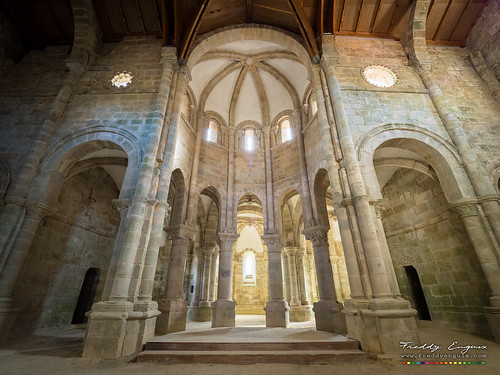We more established whether or not PIK3CA alterations were SRI-011381 (hydrochloride) associated with the action of PI3K pathway. We noticed that PIK3CA mutation was significantly connected with substantial expression of PI3K p110a (p,.0001), p-Akt (p = .024) and mTOR (p = .001) (Desk three). Nevertheless, no correlations have been discovered in between PIK3CA mutation and PTEN expression (p = .626) (Table three). In addition, PIK3CA amplification was not correlated with the expression of PI3K p110a, p-AKT, mTOR, PTEN neither in PIK3CA mutant nor wild kind team (Desk S10 in File S1). We also when compared PIK3CA amplification with PIK3CA mutation position and located that there were five instances harboring PIK3CA amplification in mix with PIK3CA mutations. No obvious relation was found in between PIK3CA mutation and amplification (p = .463) (Table three)
We even more detect the prognostic price of PIK3CA gene mutation and amplification in the identical panel of 142 cases. To clarify whether the therapies affected above survival (OS) and recurrence-free of charge survival (RFS), we in comparison the OS and RFS among individuals with and without adjuvant chemotherapy, discovering no important distinction between two teams neither on OS nor RFS (Determine S3Aç3B in File S1). To recognize whether or not clients with PIK3CA/EGFR co-mutations could reward from EGFR tyrosine kinase inhibitor, we also investigated the adjuvant therapy of 34 PIK3CA mutant situations. Of these, two individuals, with L858R and 746-deletion independently, have been taken care of with gefitinib soon after procedure.
The above survival (OS) for complete cohort was 12. months with a median follow-up time of twelve.2 months. There was no substantial big difference in median OS in between PIK3CA mutant team and PIK3CA wild kind group (p = .442 Determine 3A)2463692. Nonetheless, when PIK3CA mutant sufferers had been sub-categorised by one PIK3CA mutation or PIK3CA-EGFR/KRAS co-mutation, survival for patients with solitary PIK3CA mutation was shorter than patients with PIK3CA-EGFR/KRAS co-mutation or PIK3CA wild type group (p = .004 Figure 3B). It has been nicely  characterised that EGFR mutation was usually associated with a fairly excellent prognosis whilst KRAS mutation was shown to be related with a inadequate outcome, leaving an indeterminate prognostic subgroup for the EGFR/KRAS wildtype individuals. Consequently, we further investigated the prognostic part of PIK3CA mutations in EGFR/KRAS wildtype NSCLC clients. We located a drastically even worse survival in sufferers with PIK3CA mutations (p = .043 Determine 3C). Apart from, following PIK3CA mutant sufferers have been allotted to E9 (PIK3CA mutation in exon nine) and E20 (PIK3CA mutation in exon twenty) team, a pattern was identified that affected person in E20 group survived more time than people in E9 group (p = .080 Determine 3D). The median recurrence-cost-free survival (RFS) was 15.5 months in sufferers with PIK3CA mutation and 23.three months in sufferers with out PIK3CA mutations (p = .138, Determine 4A).
characterised that EGFR mutation was usually associated with a fairly excellent prognosis whilst KRAS mutation was shown to be related with a inadequate outcome, leaving an indeterminate prognostic subgroup for the EGFR/KRAS wildtype individuals. Consequently, we further investigated the prognostic part of PIK3CA mutations in EGFR/KRAS wildtype NSCLC clients. We located a drastically even worse survival in sufferers with PIK3CA mutations (p = .043 Determine 3C). Apart from, following PIK3CA mutant sufferers have been allotted to E9 (PIK3CA mutation in exon nine) and E20 (PIK3CA mutation in exon twenty) team, a pattern was identified that affected person in E20 group survived more time than people in E9 group (p = .080 Determine 3D). The median recurrence-cost-free survival (RFS) was 15.5 months in sufferers with PIK3CA mutation and 23.three months in sufferers with out PIK3CA mutations (p = .138, Determine 4A).